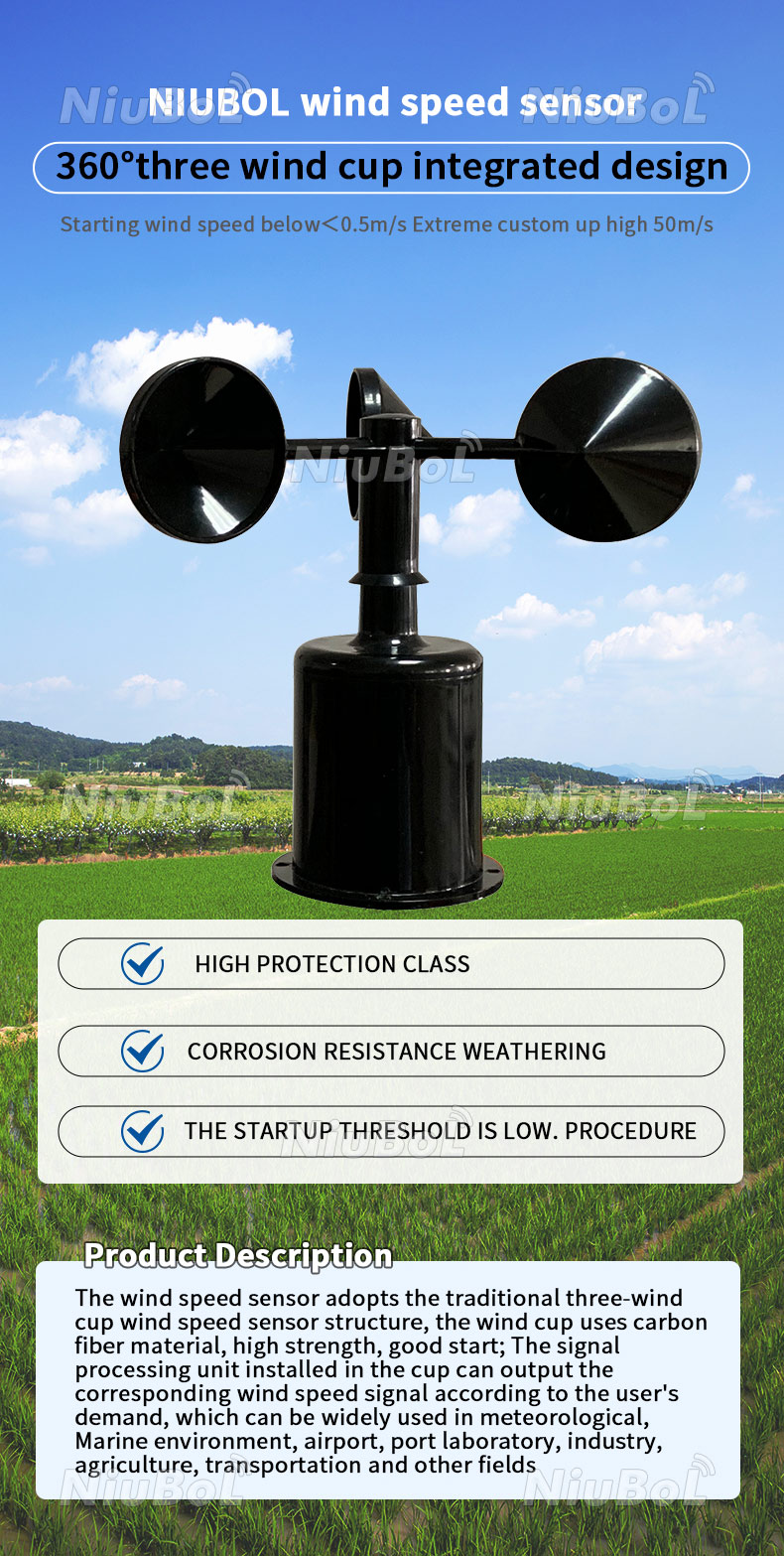The Duty of an Anemometer in Improving Security for Outdoor Activities
Wiki Article
All You Need to Find Out About Anemometers: Just How They Work, Why They Issue, and Where to Utilize Them
Anemometers, however usually neglected in the world of clinical instruments, play an essential function in different areas, providing valuable insights into wind speed and air flow patterns. Understanding the auto mechanics behind these devices is vital for anybody looking for to harness the power of this information. From meteorologists tracking weather condition patterns to designers making structures with wind loads in mind, the applications of anemometers are varied and far-reaching. As we look into the intricacies of anemometer modern technology, we will discover the internal workings of these gadgets, their importance, and the vital considerations when selecting the ideal anemometer for certain applications.
Anemometer Essentials
A crucial tool utilized to determine wind speed and direction, the anemometer plays a crucial duty in weather forecasting and different markets. An anemometer usually includes three or 4 mugs that turn in the wind, a vane that directs right into the wind, and sensing units to track the turnings or activities. By determining the turnings or activities over a particular period, the anemometer can identify wind rate. The vane assists figure out wind instructions by aiming into the wind, providing useful information for weather forecasting, aviation, maritime procedures, environmental monitoring, and wind energy applications.
There are various sorts of anemometers available, consisting of mug anemometers, vane anemometers, hot-wire anemometers, and sonic anemometers, each with its unique features and applications. Mug anemometers are frequently used for standard wind speed dimensions, while vane anemometers are favored for directional measurements. Hot-wire anemometers are suitable for low airspeeds, and sonic anemometers are perfect for high-precision measurements in research and industrial settings. Recognizing the basics of anemometers is essential for exact wind data collection and analysis throughout various markets.
Concepts of Anemometer Procedure
Structure on the fundamental understanding of anemometer basics, the concepts of anemometer procedure clarify the technicians behind wind speed and direction measurements. Mug anemometers, for circumstances, have three or more mugs that capture the wind, causing them to rotate quicker as the wind speed increases. Hot-wire anemometers count on a heated cord that cools down as wind passes over it, with the price of cooling figuring out the wind rate.Importance of Anemometers
Anemometers play a critical role in gauging wind rate and direction, providing important information for weather condition forecasting, climate studies, ecological tracking, and aviation operations. Meteorologists count on anemometers to gather accurate wind information, aiding them understand weather condition patterns, predict storms, and concern prompt cautions to the public. Wind farm drivers use anemometers to analyze wind conditions and maximize electricity manufacturing from wind generators.Applications Across Various Industries
In the eco-friendly energy market, anemometers play a critical function in analyzing wind conditions for wind farm positionings, making sure optimum power manufacturing. Industries like construction and mining use anemometers to keep track of wind rates, important for security procedures, especially when working at heights or in open-pit mines where solid winds can posture threats. In agriculture, anemometers aid farmers in handling crop splashing by giving real-time data on wind speed to prevent drift.
Choosing the Right Anemometer for Your Demands
Picking the appropriate anemometer customized to your particular requirements is vital for getting precise wind speed and direction measurements. When choosing an anemometer, take into consideration elements such as the intended application, required measurement variety, ecological problems, and wanted features. For general purposes, a cup anemometer appropriates for determining wind rate, while a vane anemometer gives wind instructions data. Hot-wire anemometers are suitable for reduced airspeed measurements, and ultrasonic anemometers provide high accuracy and sturdiness.
Verdict
To conclude, anemometers play an essential function in gauging wind speed and direction throughout different markets. Comprehending the concepts of anemometer procedure is essential for picking the ideal gadget for click specific demands. From meteorology to aviation, anemometers are essential tools for guaranteeing and collecting precise information security in different applications. It is crucial to think about the significance of anemometers in order to make enlightened decisions when my latest blog post choosing the most ideal gadget for measuring wind problems.There are different types of anemometers offered, consisting of mug anemometers, vane anemometers, hot-wire anemometers, and sonic anemometers, each with its distinct features and applications. Mug anemometers are commonly made use of for basic wind speed dimensions, while vane anemometers are liked for directional dimensions. Hot-wire anemometers are ideal for low airspeeds, and sonic anemometers are suitable for high-precision measurements in research study and commercial settings.Structure on the fundamental understanding of anemometer fundamentals, the principles of anemometer procedure elucidate the auto mechanics behind wind speed and direction dimensions. For general purposes, a mug anemometer is suitable for measuring wind speed, while web link a vane anemometer gives wind instructions information.
Report this wiki page